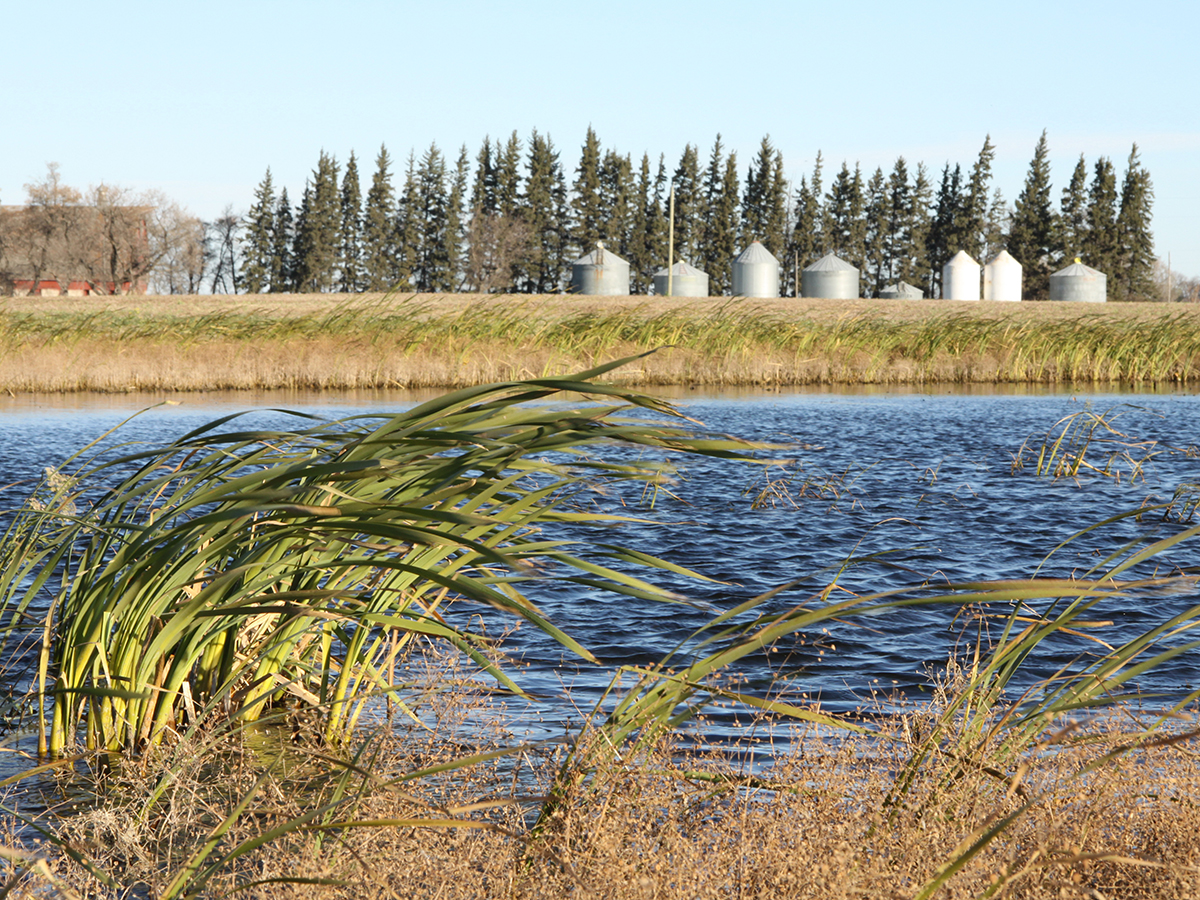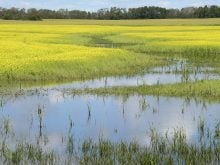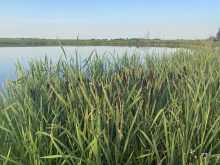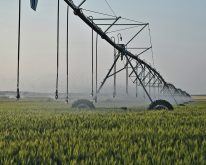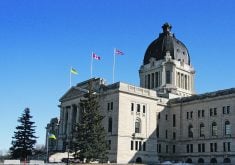A long-time water researcher says Saskatchewan’s Agricultural Water Stewardship Policy ignores water quality and won’t accurately measure the effects of wetland drainage.
Peter Leavitt, Canada Research Chair in environmental change and society at the University of Regina, said the metrics within the policy don’t make sense.
“This is a policy, as I understand it, to increase farm revenues,” he said.
Read Also

Crop quality looks good this year across Prairies
Crop quality looks real good this year, with the exception of durum.
“So what would you think the metric of a good response would be, whether it’s successful or not?”
Measuring how much wetland is drained does not indicate whether farm receipts increased, he said.
“It is incapable of measuring whether there’s a change in water quality and they are ignoring hundreds, if not thousands, of papers on wetland drainage and the damaging effects,” he said.
“This is a bad policy.”
The policy announced by the Water Security Agency in late January will require landowners to retain a certain percentage of wetland depending on the floor amount of wetland in the region.
It notes that maintaining wetlands contributes to the resilience of the agricultural industry.
“This policy aims to preserve wetlands, while still allowing producers to use drainage as a tool to improve farm efficiency and productivity and manage soil health,” the policy said.
The policy aims to strike a balance between economic growth and landscape resilience, the document said.
Leavitt said there is no balance because 100 per cent of the scientific evidence says it will damage the environment. He said drained water won’t magically return when there is a drought.
“If I were running a crop insurance corporation and I saw an entire region was looking to drain the water, I might ask whether it makes any sense to fund them for drought because if you have a drought-breaking mechanism and you get rid of it, that’s on you,” he said.
He also said the calculation using the floor and a retention percentage requirement will actually allow farmers to overdrain because the floor includes water bodies such as lakes and rivers that would never be drained.
Many experts have criticized the WSA’s claim that 86 per cent of wetlands in the agricultural region, by area, are intact. Leavitt said half of all wetlands that ever existed were drained between the 1930s and 1950s, and using the 1970s as a base line is inaccurate.
The WSA has also said it will research and monitor what happens as the policy goes into effect. Leavitt said without proper data collection and measurement, there is no point.
He said once wetlands are channelized, they become part of the landscape and no longer act like sinks that capture pollutants and nutrients.
“This has the potential to damage virtually every lake in the grasslands,” he said.
He added that measuring the area of wetland drained is “stupid.”
“If the project is designed to drain wetlands, then it will be a smashing success, I imagine. Will it actually benefit the farmers? Because the water still will go to the lowest point on the landscape, which is where those wetlands were. There’s nothing magic here,” he said.
Levitt said farmers do have the right to control excessive runoff, but this policy does not address that.
Contact karen.briere@producer.com




